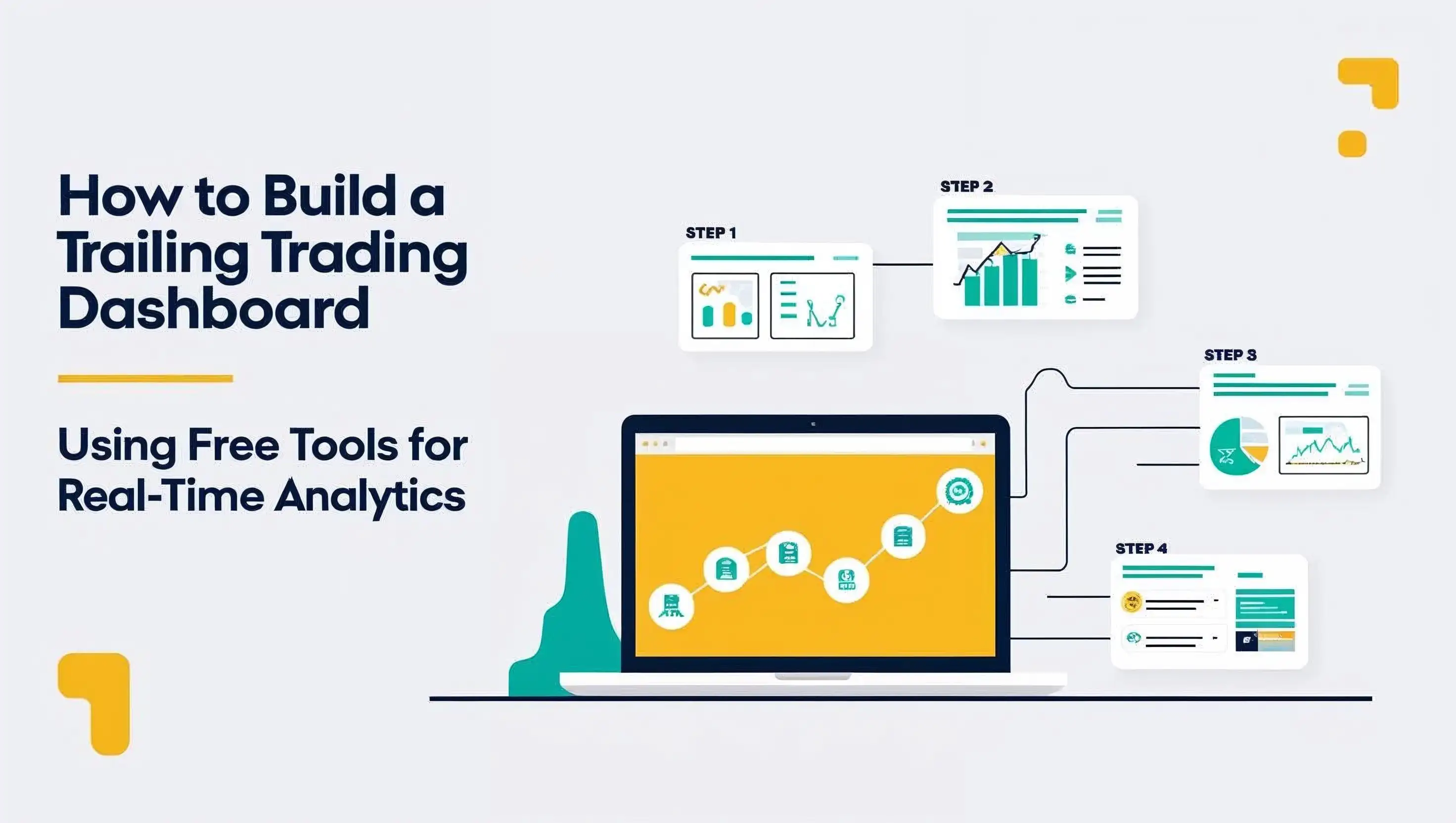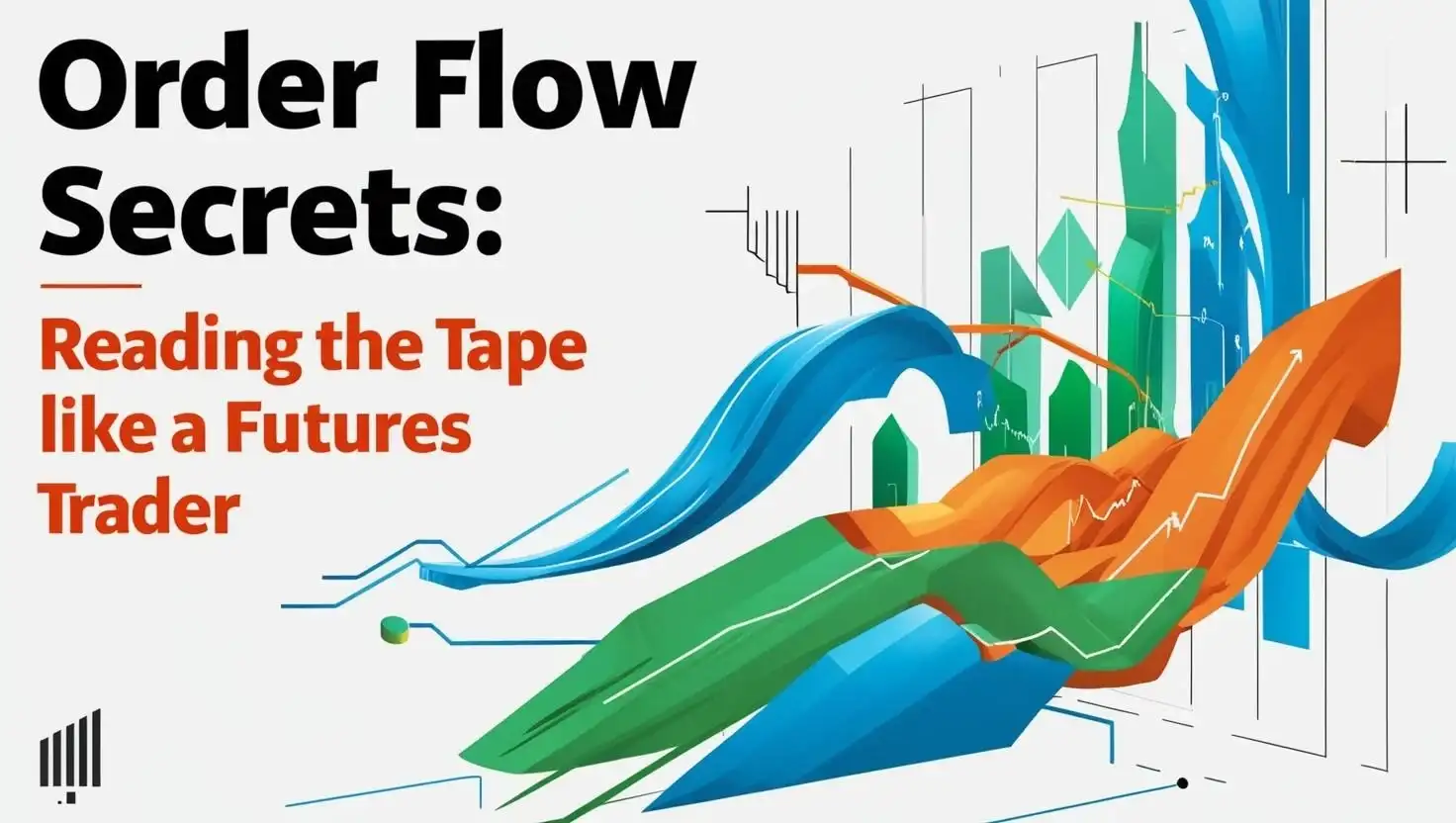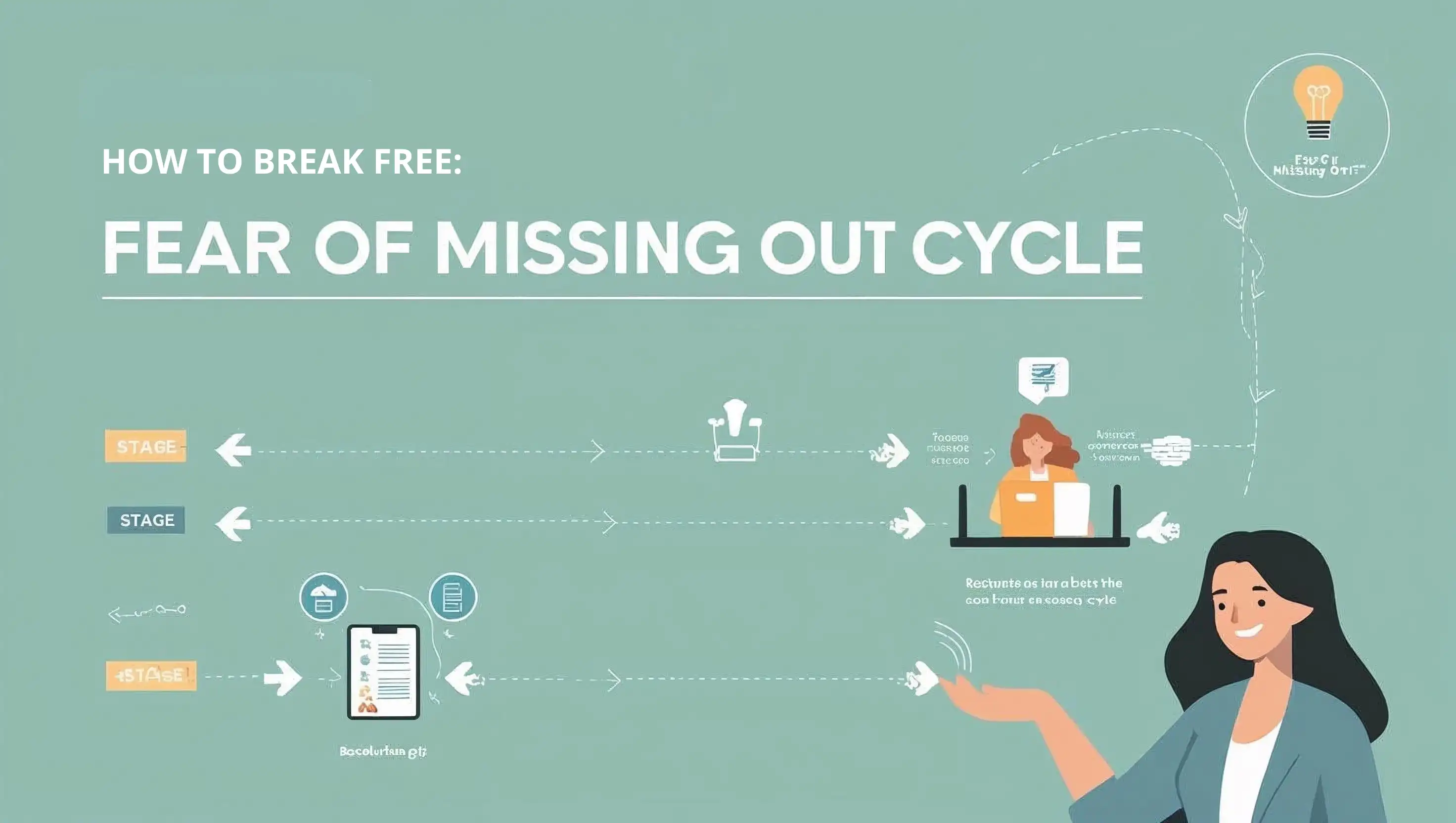spell triumph or disaster, and retail traders like us are dodging institutional algos like ninjas in a laser maze. In this high-stakes game, a killer trading dashboard isn’t just a perk—it’s your secret weapon, your Batcomputer, your ticket to staying ahead of the curve. Real-time analytics let you spot opportunities faster than a hawk on caffeine and sidestep risks before they bite. This guide’s your DIY manual to craft a lean, mean, cost-free dashboard using free tools—think of it as a masterclass in technical wizardry meets strategic swagger. Let’s turn you into a dashboard architect, no fat wallet required!
Key Takeaways
Modular Mastery: Build with wiggle room to tweak as your trading style evolves.
Free Tool Fiesta: Grab open-source libraries, APIs, and cloud goodies—no cash, all class.
Data Fusion: Mix real-time streams, past stats, and sentiment spice for a full-flavored edge.
Automation Awesomeness: Set alerts and scripts to outrun your own reflexes.
Security Smarts: Shield your data without locking yourself out of the fun.
1. Blueprint Your Dashboard: Strategy Before Code
Before you sling a single line of code, you’ve got to blueprint your beast. Your dashboard isn’t some generic app—it’s a custom rig tuned to your trading DNA. Start by grilling yourself:
What’s Your Arena? Forex pairs? Stock tickers? Crypto chaos?
What’s Your Tempo? Scalping on 1-minute charts or swinging on daily trends?
What’s Your Ammo? RSI and MACD for the tech heads, order flow for the tape readers, or news sentiment for the vibe checkers?
Picture this: A forex scalper might crave live bid-ask spreads and an economic event ticker—think “Non-Farm Payrolls in 3…2…1!”—while a crypto trader’s all about X hype and blockchain wallet pings. Nail your edge, and your dashboard becomes a tailored suit, not an off-the-rack hand-me-down.
Now, pick your toolkit—freebies that pack punch and scale like champs:
Data Latency
- Fix: Use WebSocket APIs (e.g., Binance WebSocket) over REST APIs.
- Tool: Optimize code with asynchronous Python libraries like aiohttp.
Tool Compatibility
- Fix: Containerize components using Docker for seamless integration.
- Tool: Use Zapier to bridge incompatible apps (free tier available).
Maintenance Overhead
- Fix: Schedule scripts via cron jobs or GitHub Actions.
- Tool: Monitor uptime with UptimeRobot (50+ checks free).
Conclusion: From Novice to Architect
Building a trading dashboard is an iterative journey—not a one-time project. Start small, prioritize modularity, and scale as your strategy evolves. By harnessing free tools and automation, you can transform raw data into actionable insights, bridging the gap between retail limitations and institutional-grade resources.
Final Tip: Audit your dashboard monthly. Remove redundant metrics, update APIs, and stress-test disaster recovery protocols. In the words of hedge fund pioneer Paul Tudor Jones, "Where you want to be is always in control, never wishing, always trading, and always first and foremost protecting the downside."
A forex scalper might prioritize real-time bid-ask spreads and economic calendars, while a crypto trader tracks social media sentiment and blockchain activity.
The U.S. Securities and Exchange Commission (SEC) emphasizes transparency in spread costs, urging brokers to disclose them clearly (SEC Investor Bulletin).



